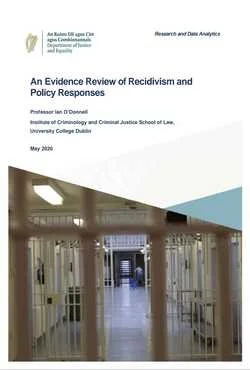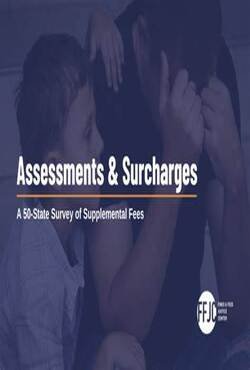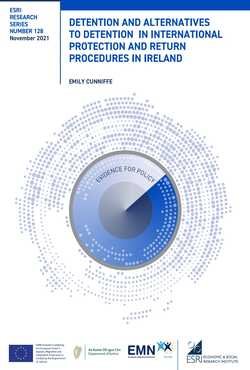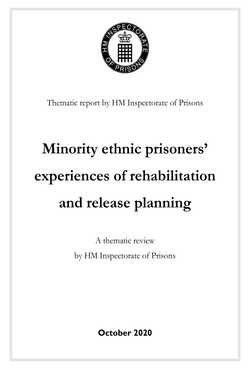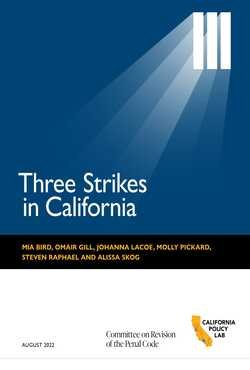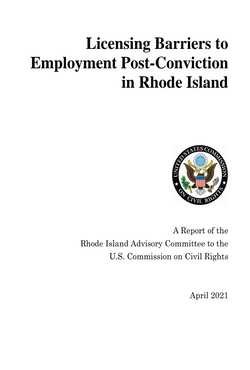By Alabama Apppleseed
We surveyed 980 Alabamians from 41 counties about their experience with court debt, including 879 people who owed money themselves and 101 people who were paying debt for others. Of the people who owed money themselves, we found: More than eight in ten gave up necessities like rent, food, medical bills, car payments, and child support, in order to pay down their court debt. Almost four in ten admitted to having committed at least one crime to pay on their court debt. One in five people whose only previous offenses were traffic violations admitted to committing more serious offenses, including felonies, to pay off their traffic tickets. The most common offense committed to pay off court debt was selling drugs, followed by stealing and sex work. Survey respondents also admitted to passing bad checks, gambling, robbery, selling food stamps, and selling stolen items. 44% used payday or title loans to cover court debt. Almost two-thirds received money or food assistance from a faith-based charity or church that they would not have had to request if they weren’t paying court debt. Almost seven in ten were at some point declared indigent by a court, and by almost every measure, indigent survey-takers were treated more harshly than their non-indigent peers. They were more likely to have been turned down for or kicked out of diversion programs for financial reasons, more likely to have their debt increased, be threatened with jail, or actually be jailed for non-payment of court debt. Almost half of the people who took our survey did not think they would ever be able to pay what they owe. The 101 people who took our survey who were paying debt for other people (usually family members) were more likely to be middle-aged African-American women than to belong to any other demographic group. While others their age were saving money for retirement, helping their children with college or other expenses, paying down mortgages, or taking vacations, these African-American women were disproportionately burdened with paying court debt for their families.
Montgomery, AL: Alabama Appleseed Center for Law and Justice, 2018. 66p.



